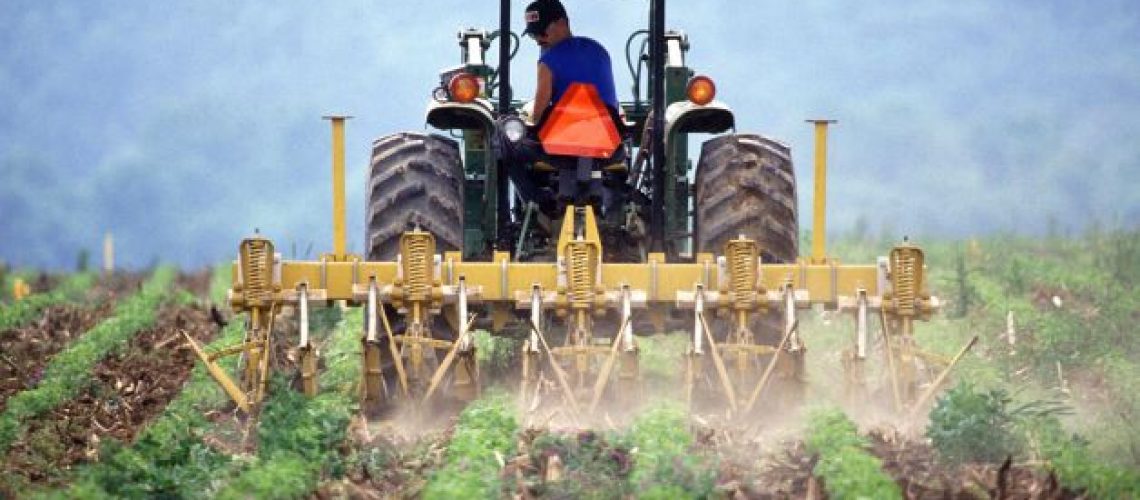While heavy late rains created waterlogging challenges in several key farming areas at the end of 2021, the impact on yields has not proven to be as severe as previously anticipated.
Paul Makube, Senior Agricultural Economist at FNB Agribusiness says maize yields are a good barometer of overall crop performance and projections for maize have improved slightly, from the 14.53 million tons anticipated at the beginning of 2022 to around 15.02million tons currently predicted.
“Despite the slight drop in anticipated yields from the previous season, these volumes are still significantly higher than the historical 10-year yield trend and given that domestic consumption typically averages around 11,8 million tones, there will be a healthy surplus available for export,” adds Makube.
He contends that this surplus, combined with the fact that international maize prices remain high, means that conditions are positive for another good financial year for maize farmers, and indeed farmers of most of the primary crops grown in South Africa.
These positive trends around yields and prices, which have now continued for the past two years, have resulted in very positive revenues and cash flows for most farmers in the country. It is unsurprising that this has filtered through to other areas of the country’s agri industry. For example, machinery sales are notably up, with tractor and combined sales for the year to July 2022 increasing by 20% and 50% respectively year-on-year.
But despite this positive backdrop, Dawie Maree, Head of Agriculture Information and Marketing at FNB Agribusiness says that farmers would be well advised to exercise at least some caution regarding the spending of their recent financial windfalls as the landscape may have begun to shift.
“Although cost pressures that emanated from a dramatic increase in fertiliser and fuel costs that we saw earlier in the year due to the war-induced supply crunch have eased lately, it remain high relative to the previous season. When you combine this elevated cost trend with the potentially negative impact of rising domestic and global interest rates on consumer demand, cautious spending is probably the best policy for everyone in the agri sector right now.”
Maree is quick to say that this doesn’t mean farmers shouldn’t’ be investing in the future of their operations. Just that they should be doing so in a measured way. “Just as it is never advisable to over‑capitalise on your farming operations, it’s also possible to be too cautious and save yourself into bankruptcy. The most prudent approach is to leverage any current favourable financial position to invest in new and productive technologies that will deliver improved outputs in the future, but also to focus on cost containment where possible and appropriate and ensure that you retain a good financial buffer for when conditions become less favourable, as the cyclical nature of agriculture dictates, they eventually will.”
Despite the strong yields enjoyed by most farmers over the past two years, margins remain tight. While there have recently been signs of a slight economic reprieve in terms of moderation in global food inflation and fuel prices coming down a little, it’s still far too early in the current inflationary cycle to make a call on whether these events signal the end of the upward trend.
“Given that there is always a significant lag in terms of any such inflationary trends filtering through the industry, margin pressures are likely to continue for some time to come. Farmers would be well advised to temper their optimism with a good pinch of realistic expectations, and exercise caution as we go into the new planting season,” concludes Makube.

